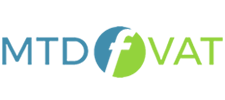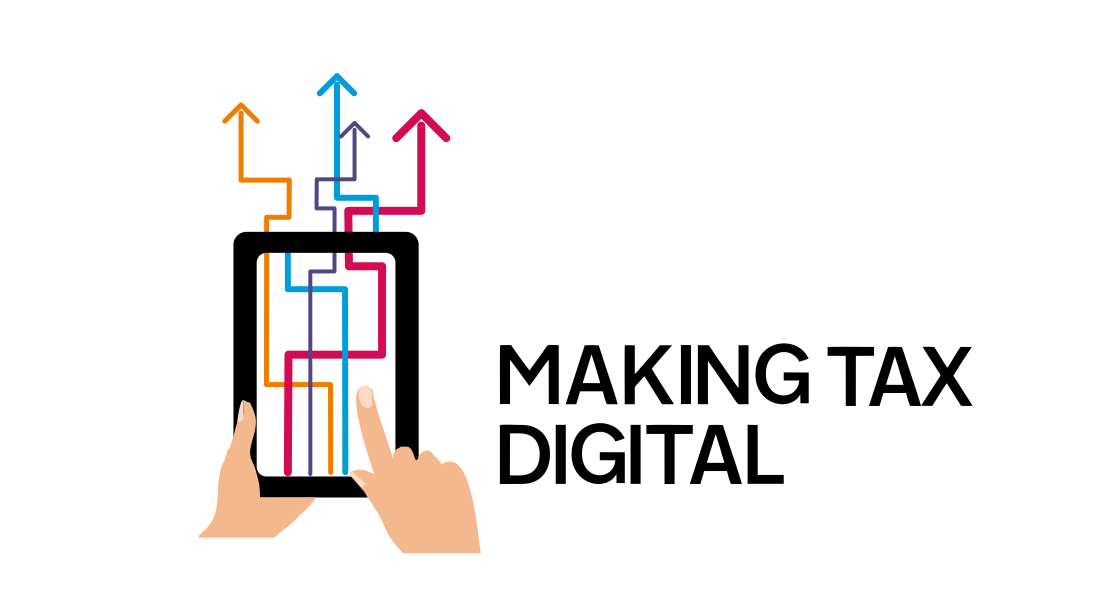Have you been waiting for the soft-landing period to elapse before worrying about your MTD for VAT software? The first wave of mandated businesses – most VAT registered businesses in the UK with taxable turnover above £85,000 – are due to come out of soft landing effective from their first VAT return period starting on or after April 1st 2020.
The soft-landing period was put in place by HMRC to allow businesses to get their digital links in place. During the soft-landing period, it was still acceptable to copy/cut and paste data for your VAT return as long as the submission itself was made by MTD compatible software, like MTDfVAT.
Once the soft-landing period expires in April, businesses will have to maintain digital records and link those records digitally to their VAT return. The shift means the end of copy/cut and paste, but the good news for spreadsheet record-keeping businesses is that they can continue to store their sales and purchases data in workbooks and use a bridging software such as MTDfVAT to collate the data into an MTD compliant return.
What is digital record-keeping?
According to HMRC, the records you must keep digitally – some of which you can keep in your bookkeeping software or spreadsheet) for MTD for VAT are:
- Business name and contact details
- VAT number and details of any schemes used
- VAT on supplies made and received
- Adjustments to returns
- Time of supply (tax point)
- Rate of VAT charged on supplies made
- Reverse charge transactions
- Daily gross takings if you use a retail scheme
- Purchases of assets you can reclaim tax on if you use the Flat Rate Scheme
- Value of sales made and total output tax on purchases under Gold Accounting Scheme if applicable
- Documents that cover multiple supplies made or received on behalf of your business by:
- Volunteers for charity fundraising
- A third-party business
- Employees for business expenses in petty cash
Ways to link digital records to VAT returns.
You can record the data that makes up your VAT return in a spreadsheet even after the soft-landing period ends. Using MTDfVAT, you can either use your existing spreadsheet and link the data using formulas to summarise the data into your VAT return or continue to use your bookkeeping package and use CSV file exports to submit your data to HMRC.
See how it works!
This helpful video demonstration shows how to use the MTDfVAT workbook for your MTD for VAT return.
Ready to get started?
April 1st is coming and if you aren’t ready for MTD for VAT then we can help! Sign up to MTDfVAT here. Now is the time to act – HMRC is prepared to start fining organisations that do not compy.

